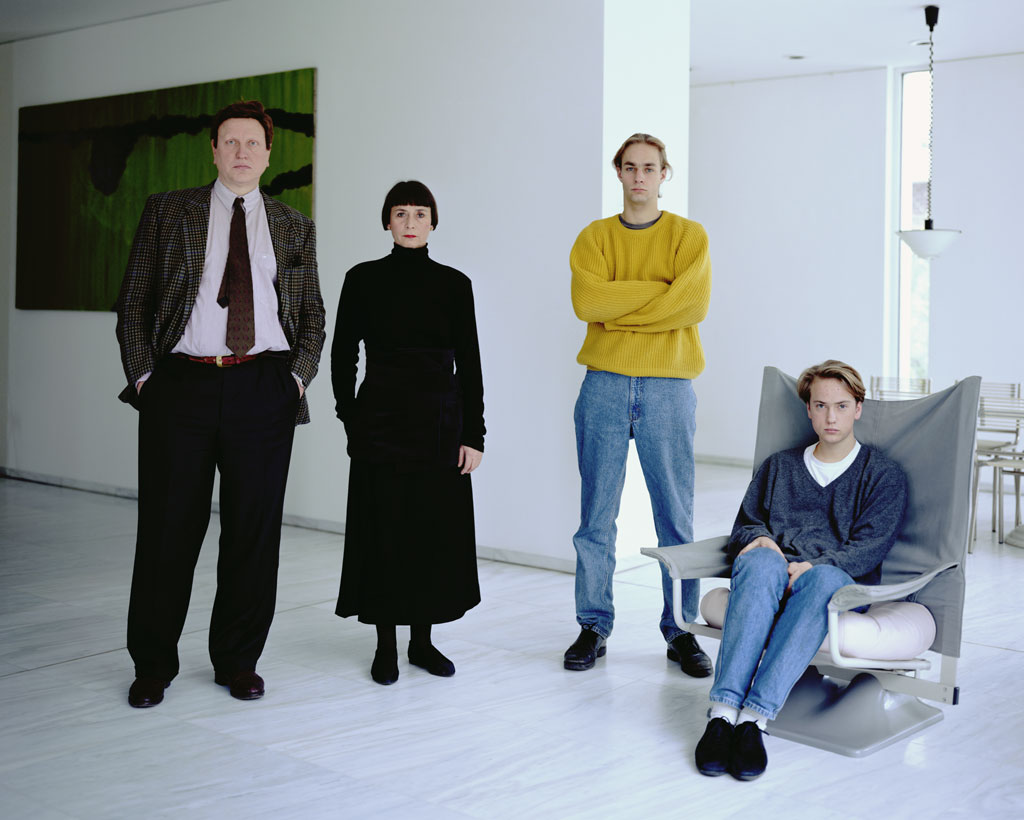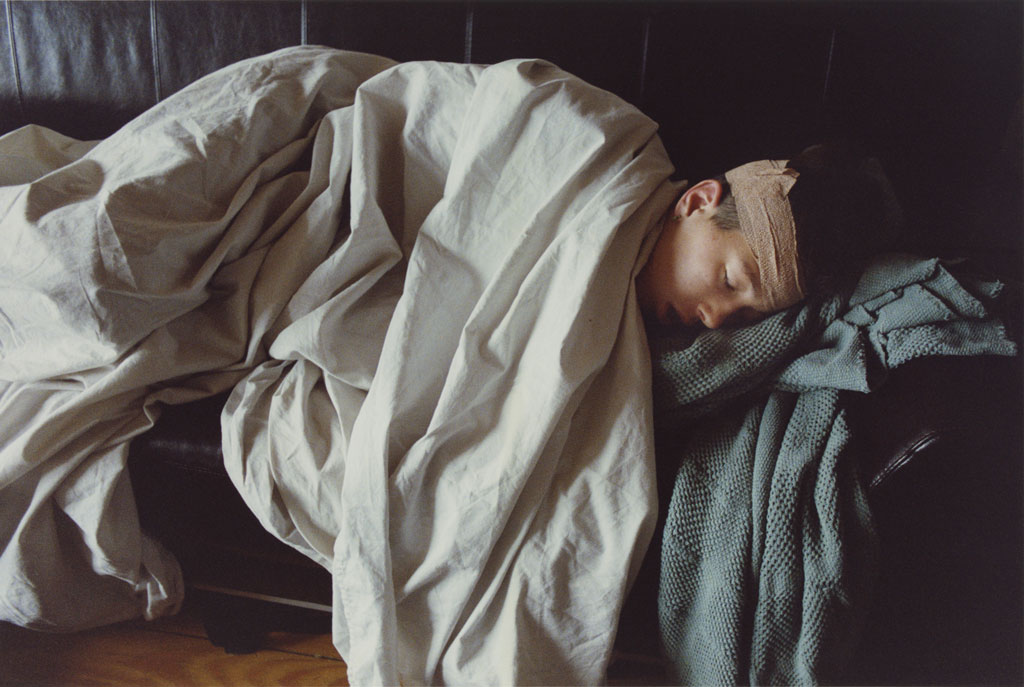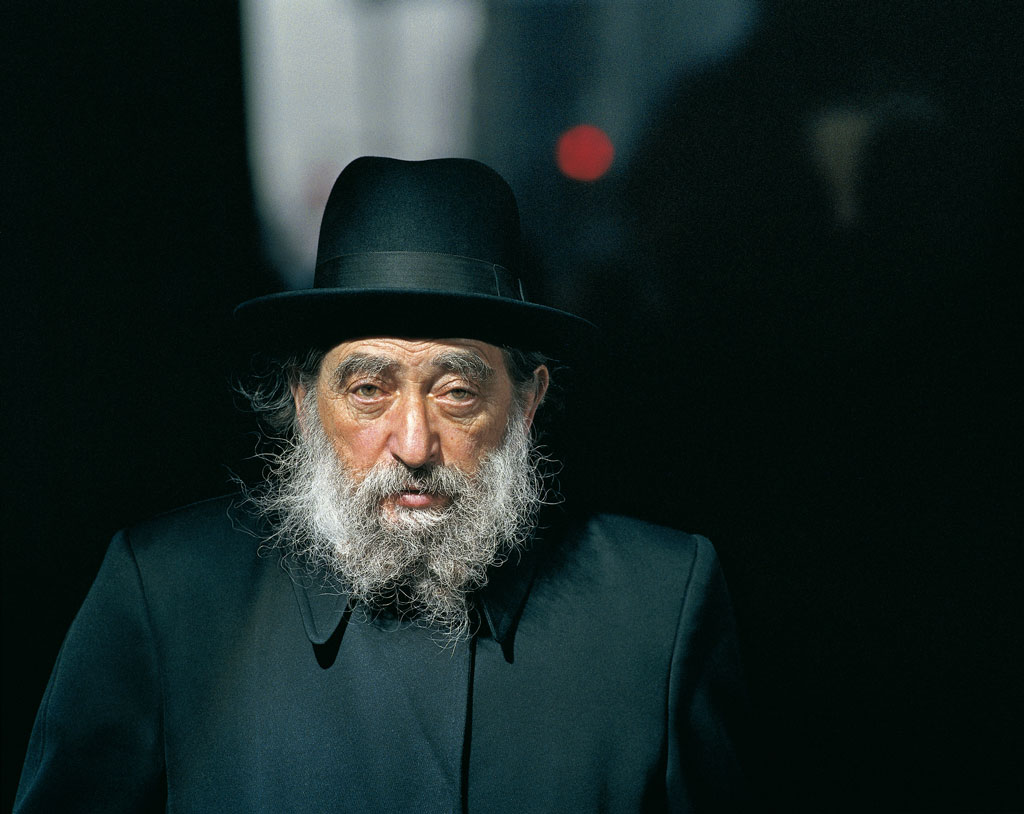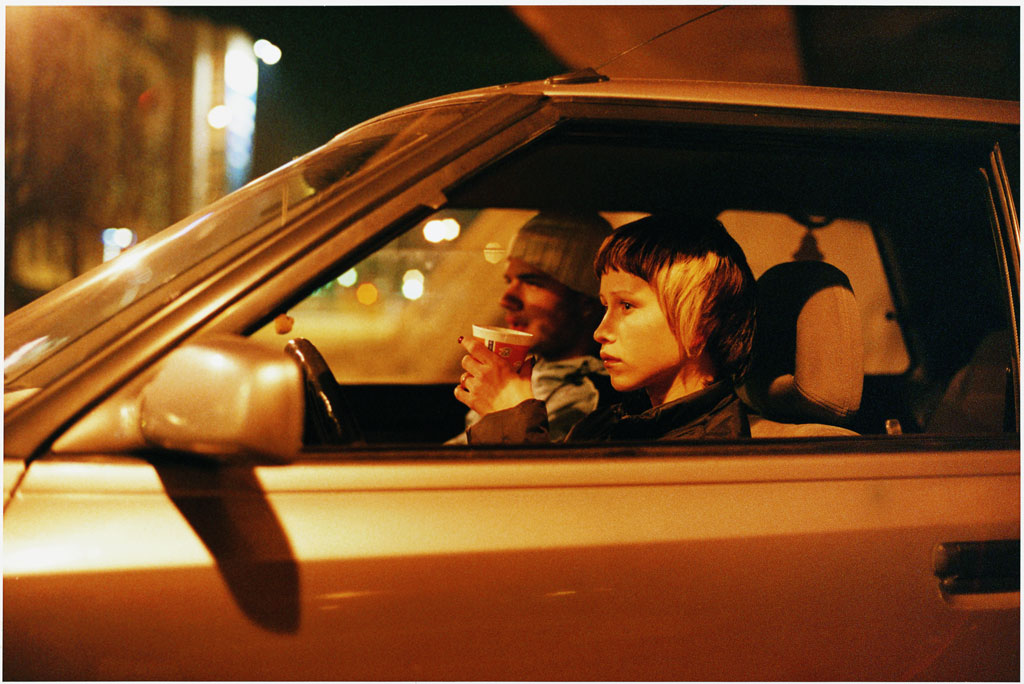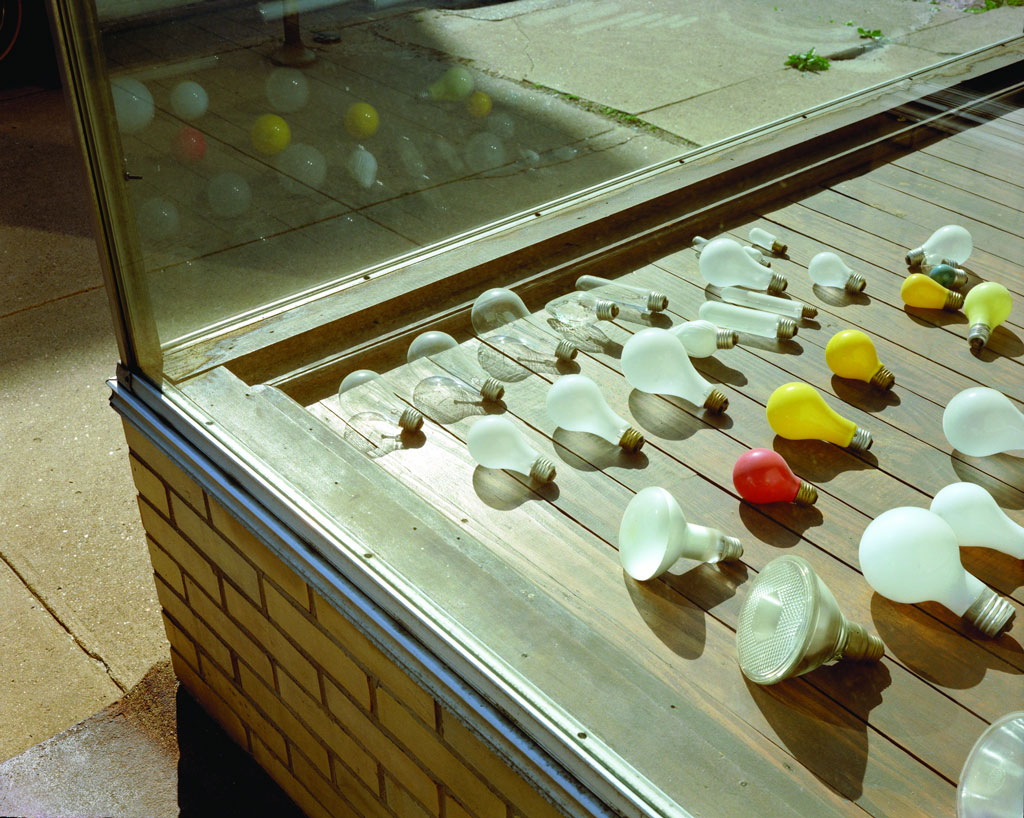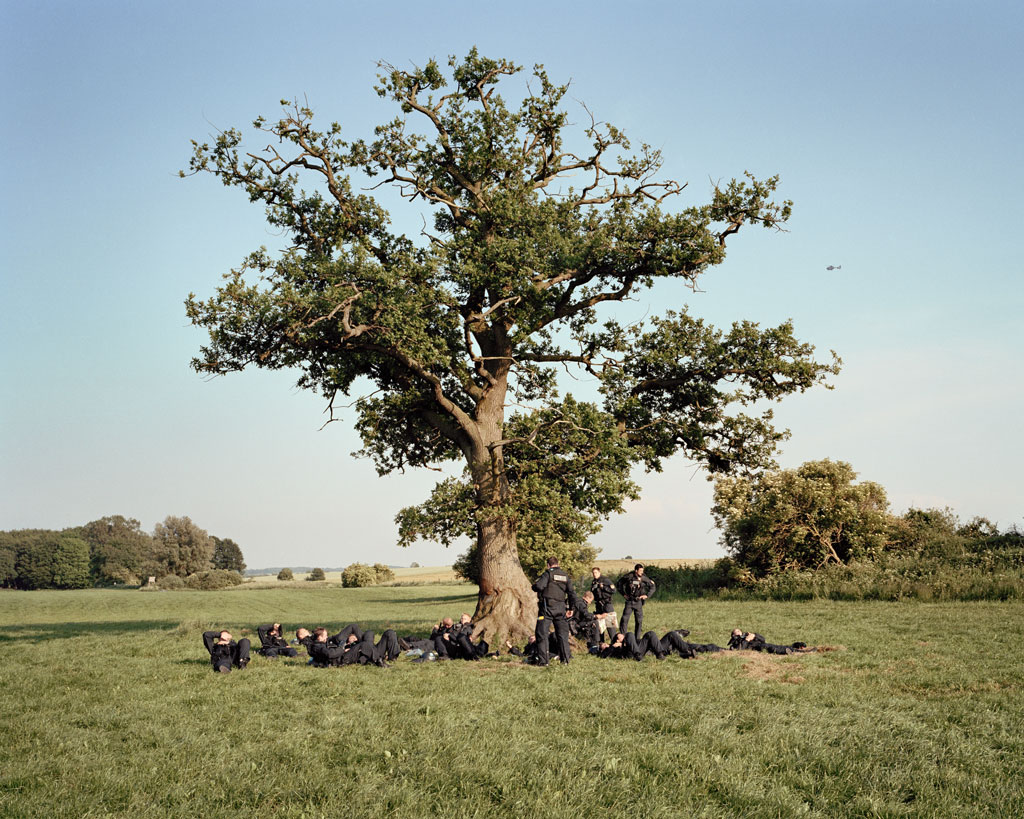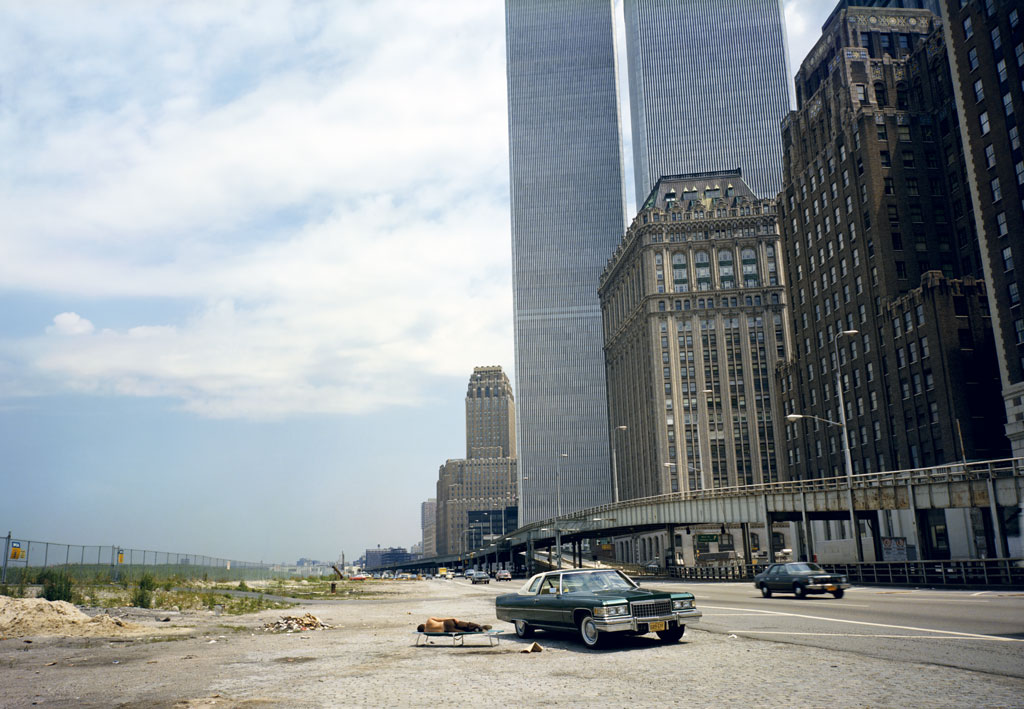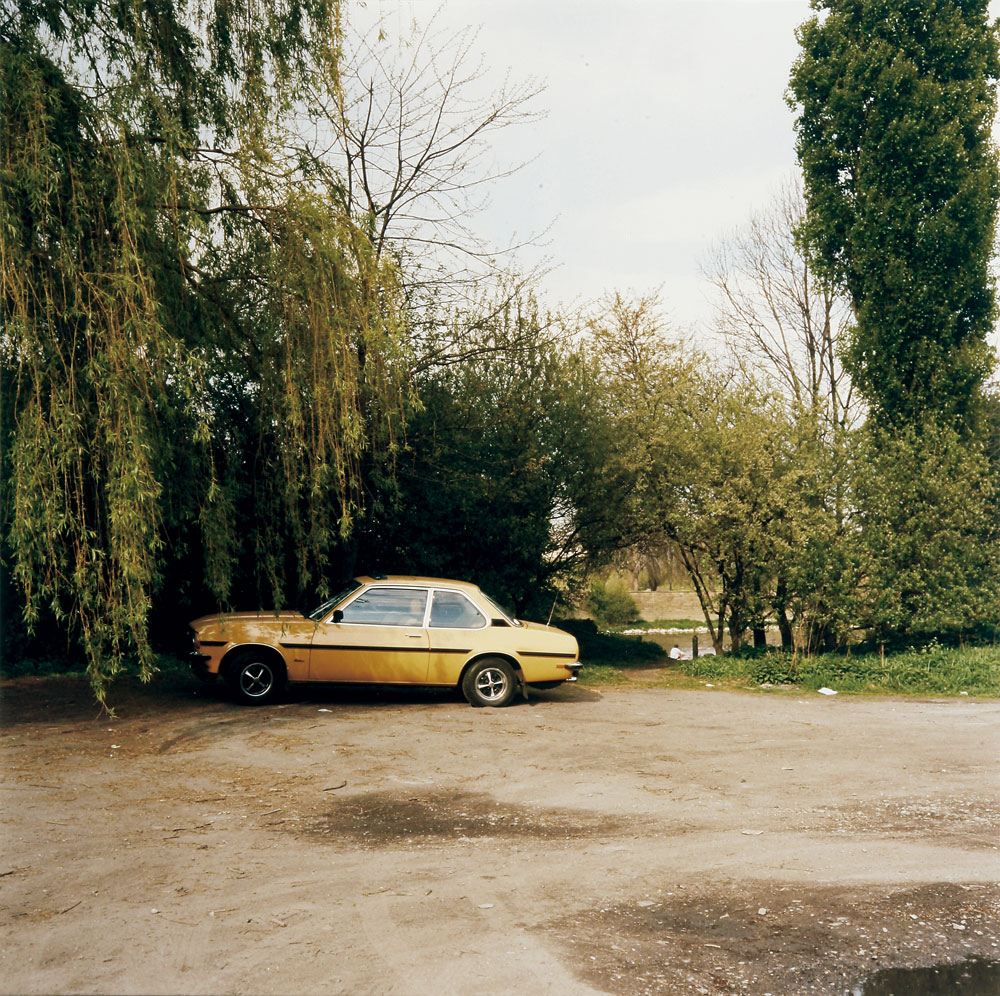PHOTO:Changing Views-20 Years of Art Collection Deutsche Börse,Part II
 The Art Collection Deutsche Börse is among the most important collections of international contemporary photography, comprising approximately 1,800 works by around 126 international artists. Established in 1999 and dedicated to a variety of central themes of contemporary photography from the middle of the 20th century. The subjects of the collection range from landscape imagery, portraits, still lifes and interiors to street photography. What all works have in common, however, is that they convey the artists’ exploration and contemplations of the conditions of human existence and of people’s ways of adapting to their environment (Part I).
The Art Collection Deutsche Börse is among the most important collections of international contemporary photography, comprising approximately 1,800 works by around 126 international artists. Established in 1999 and dedicated to a variety of central themes of contemporary photography from the middle of the 20th century. The subjects of the collection range from landscape imagery, portraits, still lifes and interiors to street photography. What all works have in common, however, is that they convey the artists’ exploration and contemplations of the conditions of human existence and of people’s ways of adapting to their environment (Part I).
By Dimitris Lempesis
Photo: DeArchiveutsche Börse Photography Foundation Archive
In 2019, the Deutsche Börse Photography Foundation is celebrating the 20th anniversary of the Art Collection Deutsche Börse with a special program of exhibitions and events. For this special occasion, the exhibition “Changing Views – 20 Years of Art Collection Deutsche Börse” is on view at Foam. The exhibition period consists of four back-to-back presentations that record positions on some key themes of the collection, with works from different photographers. This concept celebrates the variety and comprehensive quality of the Art Collection Deutsche Börse. The exhibition opens with the chapter “Germany” (3-19/5/19). Amongst others, the collection recognises the work of German photographers and to the depiction of Germany. This varies from the famous names of the so-called “Düsseldorfer Becher-Schule” to hidden gems from the former East Germany. Thomas Ruff, Thomas Struth, Candida Höfer and Jörg Sasse are all among the first students to be taught by Bernd Becher at the Staatliche Kunstakademie in Düsseldorf. The artist couple Bernd and Hilla Becher became known from photographs in which they captured water towers, mine shafts and factories in the industrial landscape of Germany as neutrally as possible, always from the same point of view, always with the same light. The work of their students varies widely, but what they have in common is their investigative, objective, concentrated way of working. Their images often have a strong autonomous quality enhanced by the large format. In this chapter you will find hidden gems such as Gerd Danigel, Gabriele and Helmut Nothhelfer and Helga Paris. People and how they relate to their environment is an important feature in the Collection. The second chapter “Icons” (21/5-9/6/19) displays the work of some of the most iconic names in photography’s history. Icons from different times and with different cultural backgrounds, that with their bodies of work, have helped generate the images of we in our societies. For example, the photographs of Diane Arbus, Philip-Lorca diCorcia, Rineke Dijkstra, Walker Evans, David Goldblatt, Dana Lixenberg, Nicholas Nixon and Martin Parr function like a mirror in which we can recognise ourselves. For the following chapter, “Traces of Disorder” (11-23/6/19), a selection has been made from photographs that show traces of political conflicts and disturbed or changing social orders. It shows work by classic photojournalists such as Philip Jones Griffiths and Anja Niedringhaus, as well as photographers who make groundbreaking work in critical documentary, such as Simon Norfolk and Julian Röder. Richard Mosse’s impressive works draw attention to the most pressing political conflicts in an aesthetically unusual way, such as using military film material. The fourth and last chapter, “Youth Culture” (25/6-7/7/19) presents a selection of works by photographers who are attentive to the lives and attitudes of the young. The portraits of Joseph Szabo from the seventies and eighties sometimes reveal the sadness that teenagers can carry, but also the unbridled zest for life. One of the most influential series of Susan Meiselas is “The Prince Street Girls” in which she portrays a group of adolescent girls on their way to adulthood. Mike Brodie photographed his friends searching for freedom and an alternative way of life by train-hopping. The photos of Tobias Zielony show young people in the public space. Whether the photos were taken in Wales, Marseille or Los Angeles, the subject remains the same; hanging around on the street and on chosen ‘stages’ such as parking lots or gas stations.
Info: Foam, Keizersgracht 609, Amsterdam, Duration: 3/5-7/7/19, Days & Hours: Mon-Wed & Sat-sun 10:00-18:00, Thu-Fri 10:00-21:00, www.foam.org
